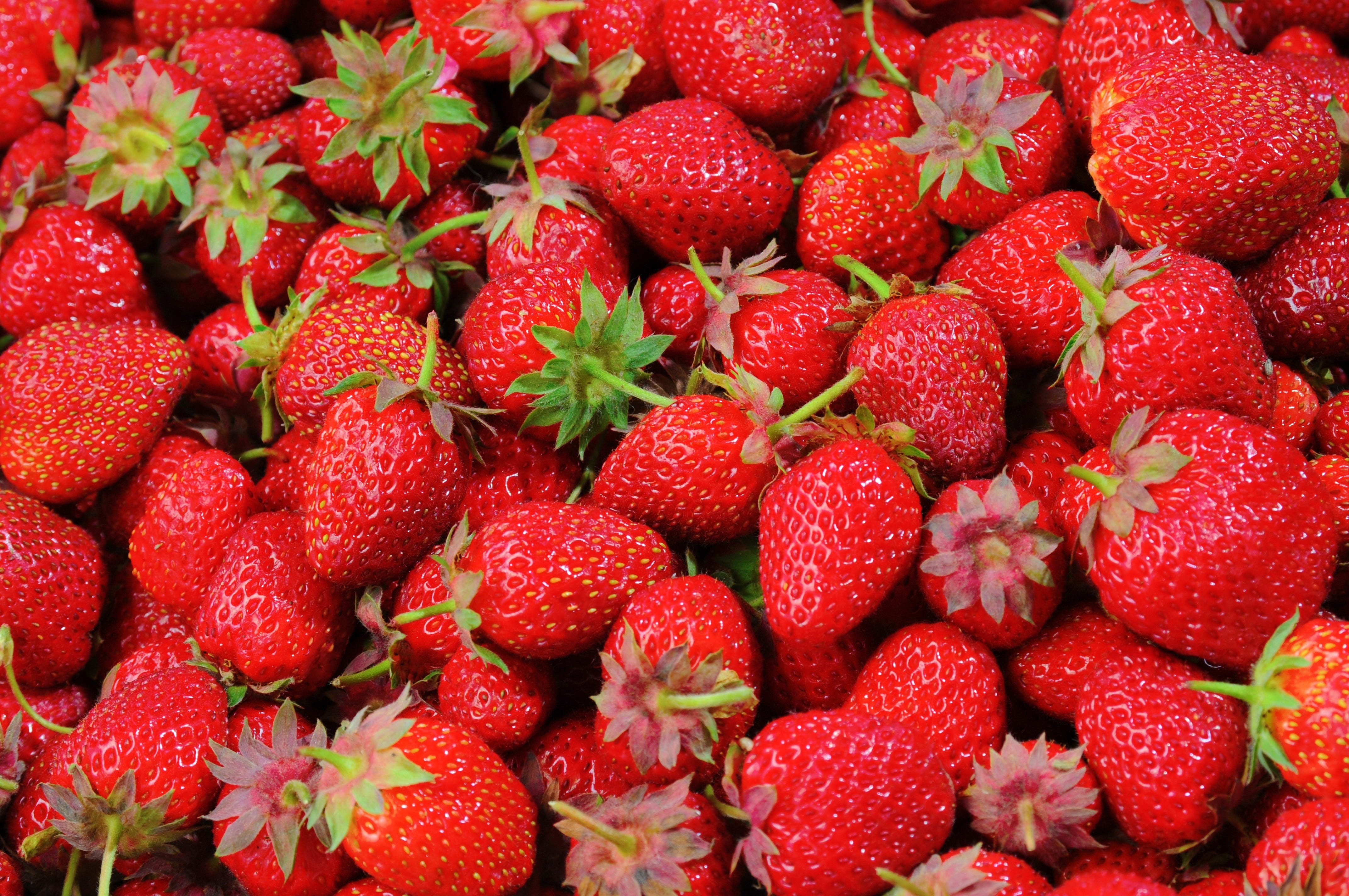
A trend on TikTok exposed the creepy crawlies living in strawberries and other fruits, but entomologists said there’s nothing to worry about. Credit: Pixaby via Pexels
Nearly 45.1 million viewers have grotesquely stared at their screens as they realize it is in fact possible they’ve consumed bugs in their strawberries.
Creators on TikTok, a social media platform for creating and sharing short videos, recently alarmed viewers with the trend known as #strawberrybugs. This trend of videos showing small, yellow bugs wiggling their way out of fresh strawberries when soaked in saltwater for 30 minutes has audiences grappling with the safety of their fruit choices.
James Jasinski, integrated pest management program coordinator at Ohio State, said the insect shown crawling from the strawberries in the TikTok videos is known as the spotted wing drosophila. Native to Asia, the pest has been in the United States since 2008 and became local to Ohio in 2011.
Though many strawberry-eaters are concerned with the effects of eating the spotted wing drosophila, the Food and Drug Administration deems it safe; in fact, according to the FDA berries can have an average four or more bugs per 500 grams.
“It is economically impractical to grow, harvest, or process raw products that are totally free of non-hazardous, naturally occurring, unavoidable defects,” the FDA website said.
In an effort to calm consumers, Jasinski and other entomology researchers have done several studies to ensure consuming the spotted wing drosophila is safe and are working to educate growers about monitoring and managing the non-native exotic pest.
Celeste Welty, entomology professor and produce pest management expert at Ohio State, said knowing when prime season is for fruits can aid in avoiding infestation. For instance, the traditional June-bearing strawberries rarely get infested, while ever-bearing strawberries become susceptible later in the summer.
Late summer infestation of ever-bearing strawberries typically occurs in July, when the spotted wing drosophila becomes active, Welty said. This poses a problem not just for ever-bearing strawberry growers, but for all ever-bearing produce growers. The pest aims for sweeter and softer fruits like strawberries, raspberries and blackberries. However, Welty said they can also be found in grapes, peaches, apples, plums and cherries if ripe enough.
Welty said an infestation can be a significant problem for produce growers if not spotted and managed early.
Fruit growers that learn to identify the rapid three-to-five day ripening process of the fruit, which is prime time for an infestation, can begin to get ahead of the problem, Welty said.
Growers can spray a weekly insecticide on the crops through the end of harvest and set traps to monitor when the insect comes onto their farm to prevent females from laying eggs in the fruit. Jasinski said he uses apple cider vinegar as his preferred pesticide for the spotted wing drosophila.
As for consumers, Welty said she recommends refrigerating the strawberries if they are not going to be consumed immediately to slow down the ripe-to-pot process. She also recommends properly washing all produce before consuming.
To clean any types of fruit or vegetable, Welty said she recommends using plain water to wash away dirt and debris from produce. Chemical sprays and harsh rubbing can ruin the delicacy of the fruit.
For those who want to take the extra precaution of having little to no pest in their fruit, Welty said buying locally grown berries harvested in June would be the best choice.


